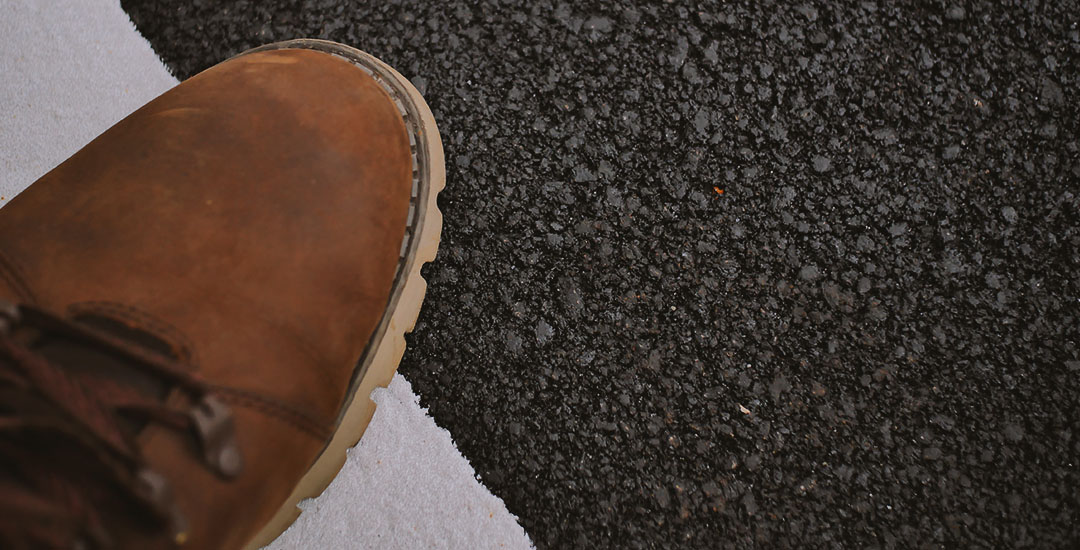
Fatal if you choose the wrong safety shoes, this is a recommendation based on the category.
EnvidataID, Semarang – Safety shoes is one of the types of self-protection equipment (APD) that must be worn by workers to avoid the risk of accidents. Here are some benefits of wearing safety shoes:
- Protecting feet from sharp and dangerous objects. People working in hazardous areas should wear safety shoes to avoid contact with glass, metal, and other foreign objects that can damage the paws.
- Preventing fatal work accidents. Safety shoes reduce the risk of workplace accidents such as falling heavy objects. These safety shoes are strong enough to withstand loads, minimizing risk of bone fractures and other injuries.
- Provide protection from hot objects. Safety shoes include not only leather shoes but also thick metal shoes. Therefore, these shoes can protect your feet from hot objects.
- Protects from harmful chemical liquids. We all know that chemical fluids are very dangerous, but what if they come into contact with your skin?Chemical laboratory workers are obliged to wear these safety shoes.
- Prevents users from slipping. For those who work in wet areas or slippery floors due to oil droplets like in a safety shoe anti-slip workshop, it’s essential.
International Safety Shoe Standard
Safety shoes given to workers must meet specific safety standards. Each country has different safety standards for foot protectors, such as:
- EN-ISO 20345:11 (Eropa)
- CSA Standard Z195-14 (Kanada)
- OSHA 29 CFR 1910.136 (Amerika Serikat).
OSHA standard 29 CFR 1910.136, combines several standards, namely:
- ASTM F2412-18: The standard test method for foot protection is issued by the American Society for Testing and Materials (ASTM).
- ASTM F2413-17: Standard specifications for foot protection requirements.
- American National Standard for Personal Protection (ANSI) Z41-1991 dan Z41-1999: ANSI standard for foot protection.
Category or Type of Safety Shoes
Generally, safety shoes are distinguished by their effectiveness in protecting the wearer. For example, some safety shoes have steel toe covers that protect their toes from heavy pressure. There are also anti-slip safety boots that can break electrical wires to prevent electrical shock. Available types of safety shoes, the following general category of safety footwear according to ASTM F2413-17:
- Conductive safety shoes (Cd)
Designed to deliver static electricity. Use these safety shoes when in storage areas of flammable, explosive, or vaporizing chemicals.
- Electrical hazard (EH)
It is designed to be non-conductive as well as the soles and heels of the shoes are resistant to electrical hazards, which can reduce the risk of the wearer being exposed to electric shock and electric burns. This type of shoe is suitable for workers who are often in the vicinity of electrical circuits or high-voltage engines to reduce the possibility of electric shocks.
- Static dissipative safety shoes (SD)
Designed to reduce the amount of static electrical accumulation in the body. The use of these safety shoes is actually to transmit static electricity through the outer layers of shoes, insoles, and outsoles. With antistatic features, you can prevent the occurrence of electrical accumulation that can cause fire or explosion.
- Puncture resistant (PR)
Designed to withstand the punch of sharp objects by placing an anti-punch plate between the insole and the outsole.
- Slip resistant (SR)
Safety shoes are equipped with anti-slip outside soles to minimize injury from slipping and falling. These shoes have anti-slide features thanks to special material in the shoe layer area. This material enables the shoes to resist oil and other hazardous fluids.
- Metatarsal (MT)
The function of these safety shoes is to provide extra protection to the metatarsal part of the foot, from the ankle to the toe.
- Steel toe – safety shoes
Has a toe protection feature made of non-corrosive steel. Safety shoes that contain iron or composite material on the front of the shoe that serves to protect the toes from falling objects during work.
- Composite toe – safety shoes
The bark is light and will not transmit heat or electricity, used to provide finger protection.
- Water Resistant & Waterproof Shoes
Safety shoes, which are water resistant or waterproof, are specially designed to protect the wearer from exposure to water in minimal quantities. Usually these shoes have material of rubber or plastic, for example safety shoes are boots that can protect the user from water or mud.
- Heat Resistant Shoes
It’s a safety shoe that’s designed and has a special material that can withstand heat up to 300 degrees Celsius. Usually used by workers who work with heat sources or fires like fire extinguishers.
Always bear in mind thatining safety is the responsibility of everyone, so wear safety shoes so that you avoid accidents at work. To choose which one is best suited to you, first make sure that the shoes meet your safety needs. Next, choose the best safety shoe in terms of quality and features.
Reference: deltaindo.co.id | kurniasafety.com | bhinneka.com | safetyworld.co.id

